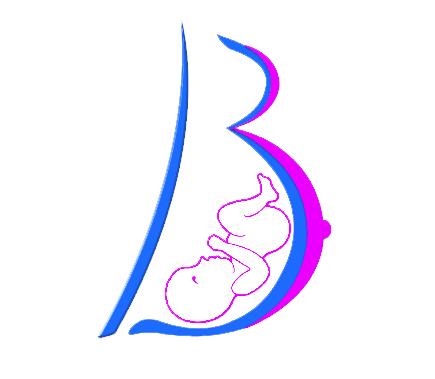Services
At Bmom Fertility and Research Center, we offer holistic fertility care from assessment to treatment. Our goal is to help couples find the highest quality care and have a positive experience.
Infertility Screening
When a couple is unable to conceive a child after about a year of trying, both partners should seek a medical screening for infertility. The doctor will analyze a number of factors such as abnormalities in ovulation, hormonal activity, tubular patency, endometrium thickness and presence of cysts, sperm quality and ability of sperm to penetrate egg. There are several possible causes for female and male infertility therefore proper screening is critical in determining the best strategy for a successful treatment strategy.
Intra Uterine Insemination
IUI is the commonly used abbreviation of Intra Uterine Insemination. In this process, semen sample is initially analyzed for existing natural complications. Upon understanding physical parameters such as pH, quality and quantity, semen sample is processed to remove cellular debris and dead sperms. Only healthy motile sperms are collected through gradient centrifugation or by swim up method and inseminated directly into the uterine cavity through a IUI catheter.
In-vitro fertilization
In-vitro fertilization more commonly referred to as IVF (Test tube baby), is a method of assisted reproductive technology for treatment of infertility. It involves stimulation of the ovaries, harvesting the egg (Oocytes/ovum) through screening and combining the egg and sperm in a laboratory dish. The resulting embryos (fertilized Oocyte) are then transferred to the uterus.
Intra Cytoplasmic Sperm Injection
Intra Cytoplasmic Sperm Injection otherwise known as ICSI (sounds like IKSI) is more evolved form of assisted reproductive technology. In this process Oocyte are retrieved similar to that of IVF process and highly motile sperms are pre-screened under high magnification (200X or 300X) microscope. Further sperms are immobilized and then injected into the cytoplasm of the Oocyte. Upon day 3 or 5 of fertilization good quality fertilized embryos are transferred into the uterus with a special ET catheter.
Laser Assisted Hatching, Zona Thinning
Hatching means to break and release embryo from the covering of the fertilized Oocyte to give more space to the growing embryo. For unknown infertility cases, hatching is performed on the embryos, using a sophisticated micron thin laser to cut the outer layer of the embryo facilitating the cells to be attach to endometrium effortlessly. Hatching is an essential step after which the embryo is ready to implant in to the uterus.
Cryopreservation, Vitrification
Cryopreservation/ vitrification is a process in which biological samples are stored at extremely low temperatures. Liquid Nitrogen (LN2) is the commonly used coolant for this process where the temperature is as low as -196 degrees, which is 20 times lower than that of temperature in domestic freezer. At this temperature samples can be stored for over 100 years if LN2 is properly maintained. Using this process semen samples, eggs and embryos can be stored after processing which enables them to with stand extreme low temperatures. Cryopreservation is a term used while freezing semen samples and vitrification is used while freezing eggs or embryos.
Testicular Biopsy
A small tissue sample of one or both testicles is and examined under microscope to evaluate the cause of infertility. It is usually performed when there is no sperm found in the semen sample. Sperms retrieved by this method are usually stored and used later to perform ICSI.
Prenatal Genetic Diagnosis/ Pre-implantation Genetic Screening
Commonly referred as PGD / PGS is performed to detect birth defects such as neuronal defects, Down syndrome, chromosome abnormalities, genetic disorders and other conditions, such as spina bifida, cleft palate, Tay–Sachs disease, sickle cell anemia, thalassemia, cystic fibrosis, Muscular dystrophy, and fragile X syndrome. This technique allows embryologist to separate a single cell (polar body) from the Oocyte before fertilization or from embryo (blastomere). Cell’s retrieved from the blastocyst or oocyte are used to make sure there are no known genetic disorders in the embryo, either by looking for specific disease markers (PGD) or by screening for all known markers (PGS).
Fertility Counseling
Couples who are planning for fertility treatment go through a lot of emotional turmoil and stress along with the financial burden. During the counseling couples are given opportunity to explore feelings, beliefs and thoughts in order to have better understanding of their situation and outcomes. This also brings clarity or a change in perspective enabling them to make informed decision on their course of action to achieve their goal of conception.
IVF research and Development
Bmom homes professionals who have published in international high impact factor journals with international and national patents under the belt in diagnostic detection systems. Bmom is involved in research analysis to understand socio economic impact on fertility correlating with regional parameters, which would help furthering this knowledge into treatment options.









